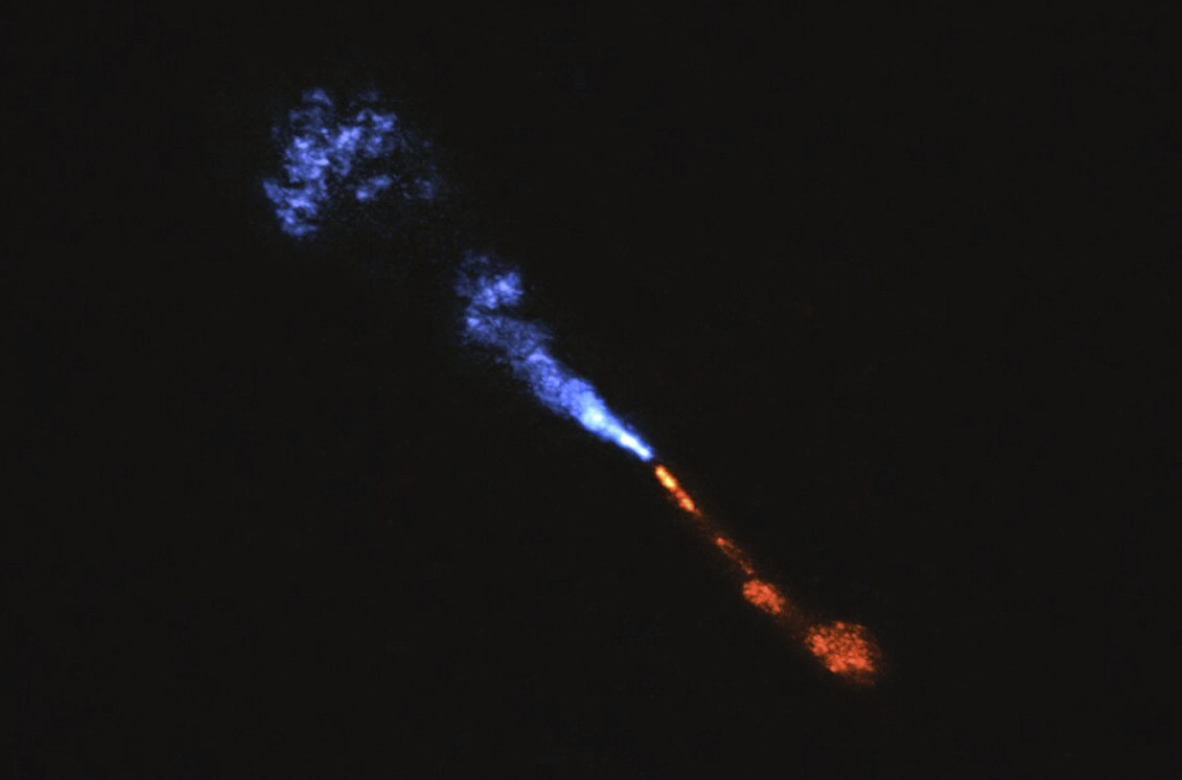The Northern Hemisphere has reached its sunniest moment of the year — the summer solstice.
Friday marks the longest day of the year above the equator and the official beginning of astronomical summer. In contrast, it’s the shortest day and the start of winter in the Southern Hemisphere.
The term “solstice” comes from Latin, with “sol” meaning sun and “stitium” meaning to pause or stop. It represents the point when the sun reaches its highest position in the sky, tracing its longest arc. After this peak, the days gradually begin to shorten until the winter solstice in December.
Humans have observed and celebrated solstices for thousands of years, building monuments like Stonehenge to align with the sun’s movements. But what exactly is happening in space during this time? Here’s a look at how Earth’s orbit plays a role.




